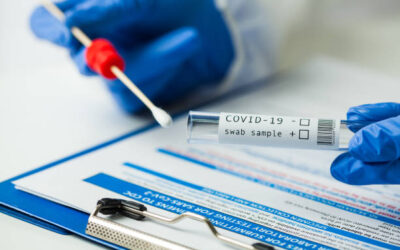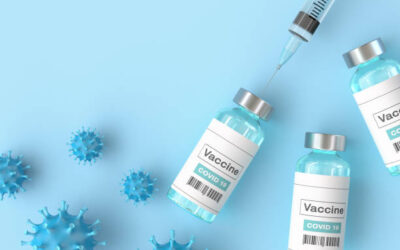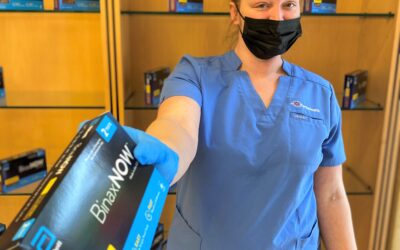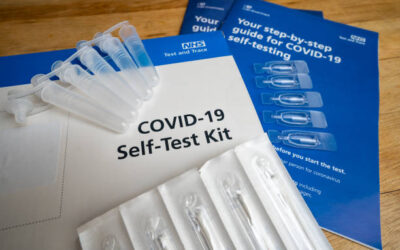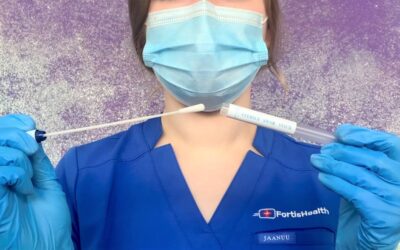Blog
What is the difference between allergies and respiratory disease?
Allergies and respiratory diseases are both conditions that can affect the respiratory system, but they have different causes, symptoms, and treatments.
Causes
Allergies: Allergies are immune system responses to substances that are typically harmless, such as pollen, dust mites, mold, animal dander, and certain foods. The immune system overreacts to these allergens, releasing chemicals like histamines that cause allergic symptoms.
Respiratory Diseases: Respiratory diseases are a broad category of diseases that affect the lungs and other parts of the respiratory system. They can be caused by infections (like bacteria, viruses, or fungi), chronic conditions (like asthma or chronic obstructive pulmonary disease (COPD)), environmental factors (such as smoking or pollution), and genetic factors.
Symptoms
Allergies: Common symptoms include sneezing, runny or stuffy nose, itchy eyes, throat, or skin, and sometimes coughing or wheezing. Allergic reactions can range from mild to severe, with symptoms often varying based on the allergen and individual sensitivity.
Respiratory Diseases: Symptoms depend on the specific disease but often include persistent cough, shortness of breath, wheezing, chest tightness, and mucus production. For example, asthma involves episodes of wheezing and shortness of breath, while COPD is characterized by chronic cough and difficulty breathing.
Diagnosis
Allergies: Diagnosis typically involves a review of medical history, physical examination, and tests such as skin prick tests or blood tests (e.g., IgE antibody tests) to identify specific allergens.
Respiratory Diseases: Diagnosis may include imaging tests like chest X-rays or CT scans, pulmonary function tests to measure lung capacity and airflow, blood tests, sputum tests, and sometimes bronchoscopy.
Treatment
Allergies: Treatment often involves avoiding known allergens, taking antihistamines or decongestants, using nasal corticosteroids, and sometimes receiving allergy shots (immunotherapy) to reduce sensitivity to allergens.
Respiratory Diseases: Treatment varies based on the specific disease but may include bronchodilators, corticosteroids, oxygen therapy, pulmonary rehabilitation, antibiotics for infections, and lifestyle changes such as smoking cessation. Chronic conditions like asthma or COPD often require long-term management strategies.
Prognosis
Allergies: While allergies can cause discomfort and affect quality of life, they are typically not life-threatening and can often be managed effectively with treatment and lifestyle modifications.
Respiratory Diseases: The prognosis for respiratory diseases varies widely. Acute infections can often be treated effectively, but chronic diseases like COPD or severe asthma may lead to progressive lung damage and require ongoing management. Early diagnosis and appropriate treatment are crucial for better outcomes.
Understanding these differences is important for proper diagnosis and treatment. Consulting healthcare professionals for accurate assessment and management of symptoms is essential for both conditions.
FLIRT COVID-19 Variant – What you need to know
The “FLiRT” variant refers to a new group of COVID-19 variants that have emerged and are spreading in the United States and potentially other regions. The term “FLiRT” is an acronym derived from the technical names of the mutations present in these variants. Among them, the KP.2 variant has become the dominant strain, making up about 25% of new cases in the U.S. as of late April 2024.
Get a FREE COVID- 19 Vaccine in New Jersey
FortisHelath is providing Free COVID-19 Vaccine today for everyone in Burlington, New Jersey. Including those without health insurance. No cost. Call the COVID-19 Hotline at 844-569-0390, for help finding a Vaccine site. Time: 9:00 PM- 03:00 PM To know more about our...
The Long-Term Effects of COVID-19 on Health
This article explores the long-term effects of COVID-19, known as “Long COVID” or “PASC,” covering respiratory, cardiovascular, neurological, and other health impacts. It emphasizes prevention through vaccination and adherence to guidelines, highlighting ongoing research and rehabilitation programs. The article stresses the importance of understanding and support for those dealing with Long COVID.
Separating Fact from Fiction: COVID-19 Vaccines Myths vs. Reality
The article debunks common COVID-19 vaccine myths, emphasizing facts to counter misinformation. It clarifies concerns about vaccine safety, DNA alteration, virus transmission, immunity, microchips, allergies, fertility, and more. Stressing the importance of reliable information from trusted sources, it highlights the role of vaccines in overcoming the pandemic.
The Unsung Hero in the Fight Against COVID-19: Proper Hand Washing Techniques
The article emphasizes the crucial role of proper hand washing in combating COVID-19. It highlights the importance of breaking the transmission chain, protecting oneself and others, and the universal accessibility of hand washing. The timing and steps for effective hand washing are discussed, emphasizing its simplicity and profound impact on public health.
Navigating the COVID-19 Variants: What You Need to Know
The article explores the world of COVID-19 variants, defining them as strains with genetic differences from the original virus. It explains how variants arise due to mutations, highlighting notable variants like Alpha, Beta, Delta, Gamma, and Pirola. The impact of variants on vaccine effectiveness is discussed, emphasizing the ongoing development of booster shots and variant-specific vaccines. The article stresses the continued effectiveness of preventative measures and the importance of genomic surveillance to identify and understand emerging variants in the ongoing battle against the pandemic.
Navigating COVID-19 Symptoms: What You Need to Know
The article emphasizes the importance of recognizing COVID-19 symptoms for early detection and prevention. Key symptoms discussed include fever and chills, persistent cough, shortness of breath, loss of taste or smell, fatigue and muscle aches, sore throat, congestion, headache, nausea, vomiting, diarrhea, skin rashes, and persistent chest pain. It underscores the variation in symptoms and the need for testing, self-isolation, and adherence to health guidelines if any symptoms are experienced or exposure is suspected. The collective effort to stay informed and vigilant is highlighted as crucial in curbing the virus’s spread and safeguarding community health.
Staying safe together: Preventing COVID-19
The article outlines a comprehensive set of strategies and practices for preventing COVID-19. It emphasizes key measures, including proper hand hygiene, wearing face masks, maintaining physical distancing, following respiratory etiquette, avoiding close contact with sick individuals, frequent cleaning and disinfecting, ventilating indoor spaces, staying informed from reliable sources, avoiding non-essential travel, and adhering to local health guidelines. The focus is on the collective effort required to reduce the risk of transmission, protect individuals and communities, and overcome the global challenge posed by the pandemic.
Understanding COVID-19 Symptoms: What You Need to Know
The article highlights the current common symptoms of COVID-19, emphasizing the importance of staying informed and vigilant. Key symptoms include fever and chills, cough, shortness of breath, fatigue and body aches, loss of taste or smell, headache, sore throat and congestion, gastrointestinal issues, and skin rashes. It stresses the significance of recognizing these signs early for timely testing, diagnosis, and appropriate medical care to prevent further spread of the virus. The article encourages individuals to be proactive, get tested if experiencing symptoms or suspecting exposure, and follow recommended guidelines for the collective effort in combating COVID-19 and ensuring community safety



